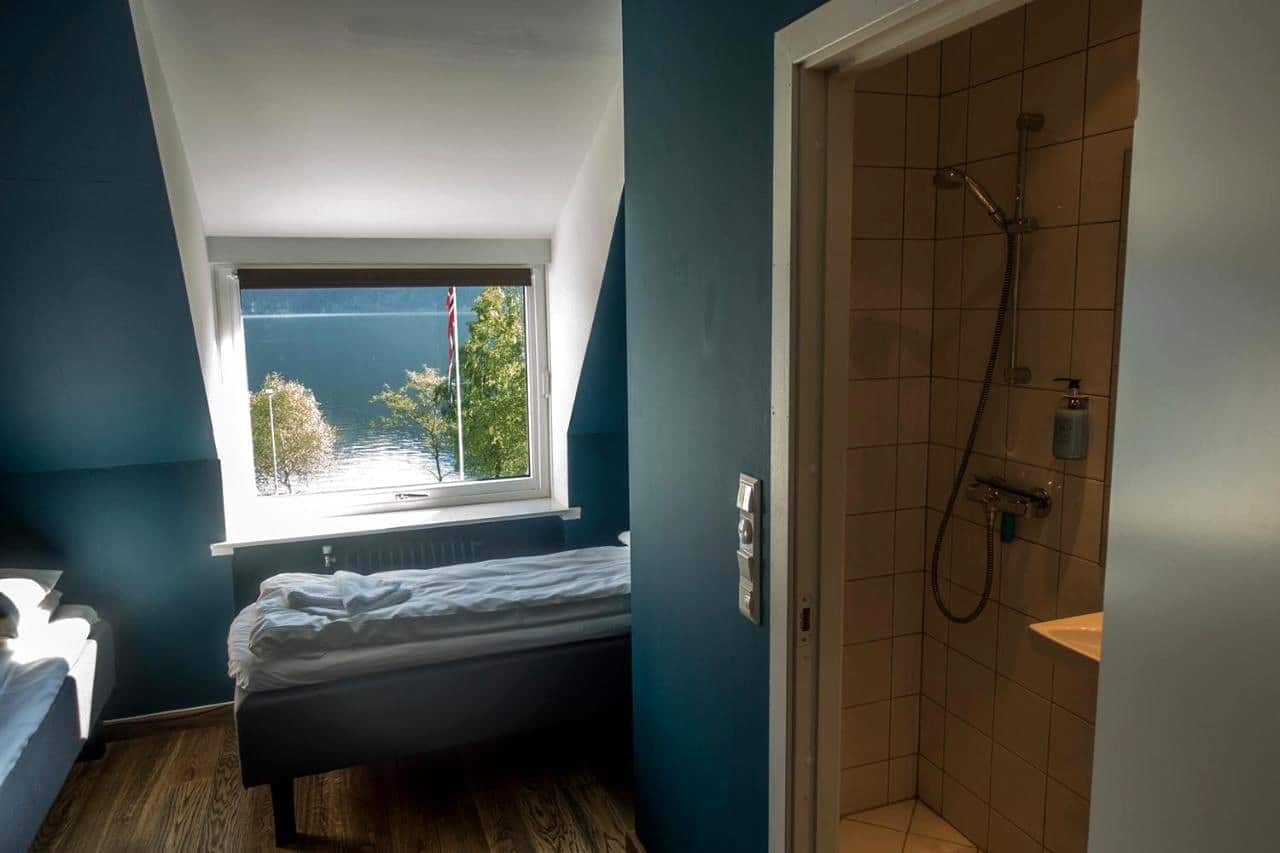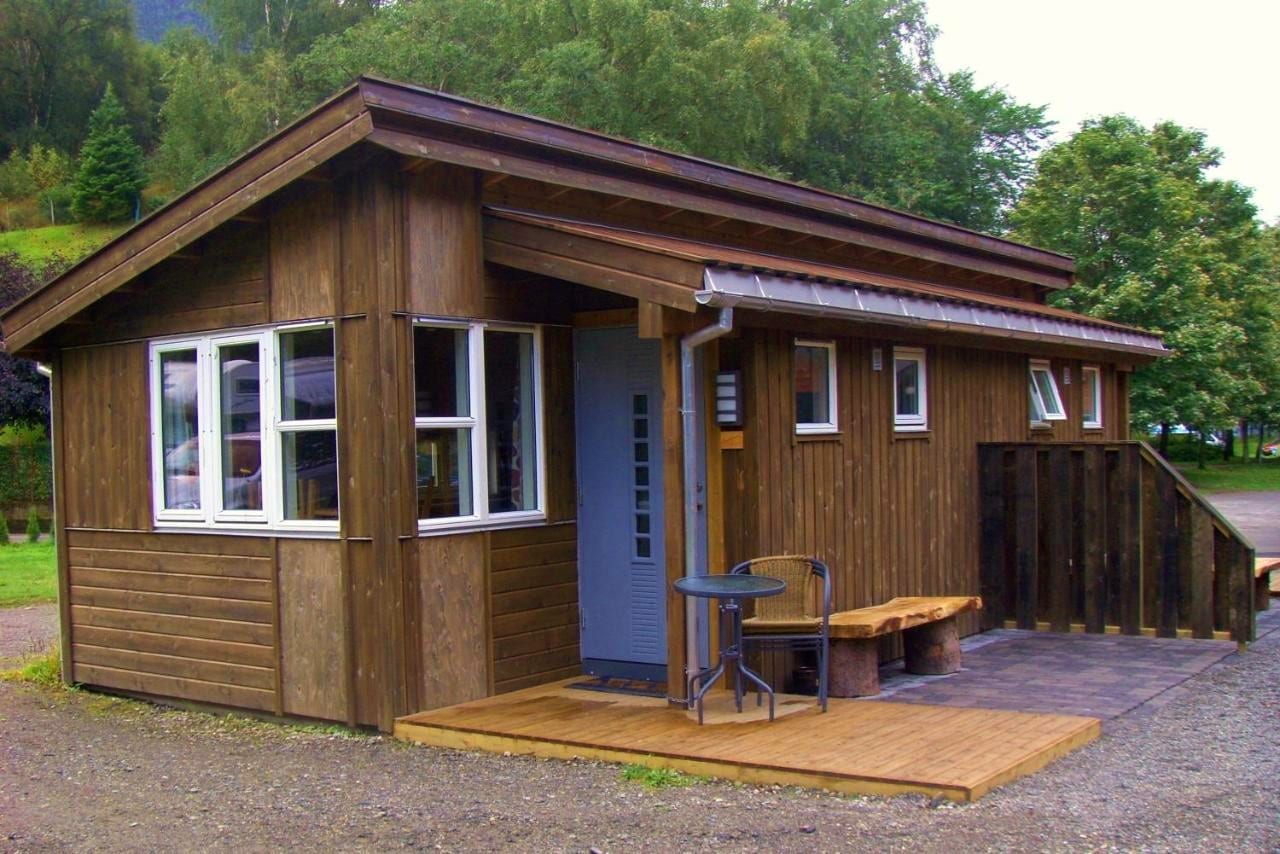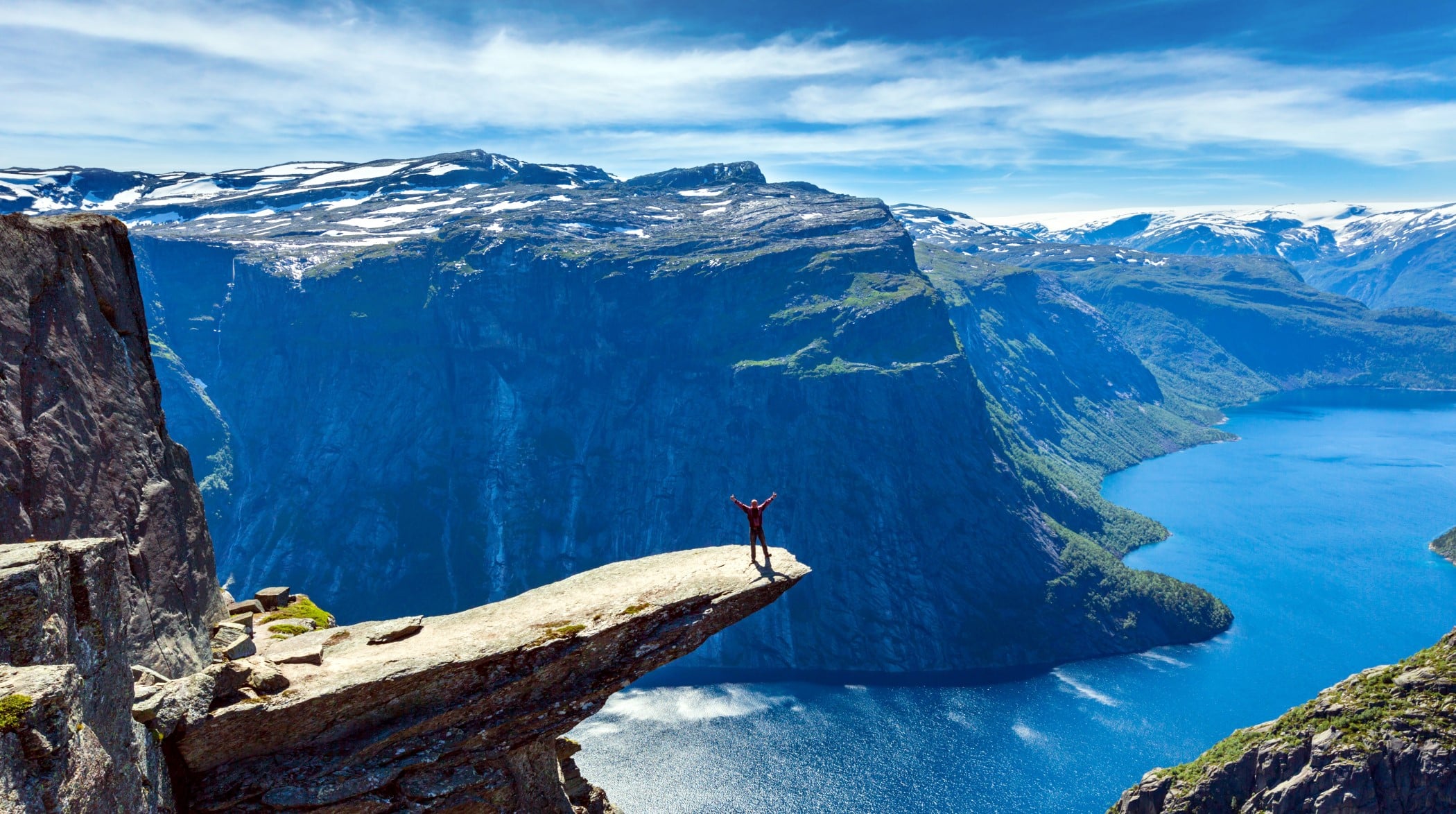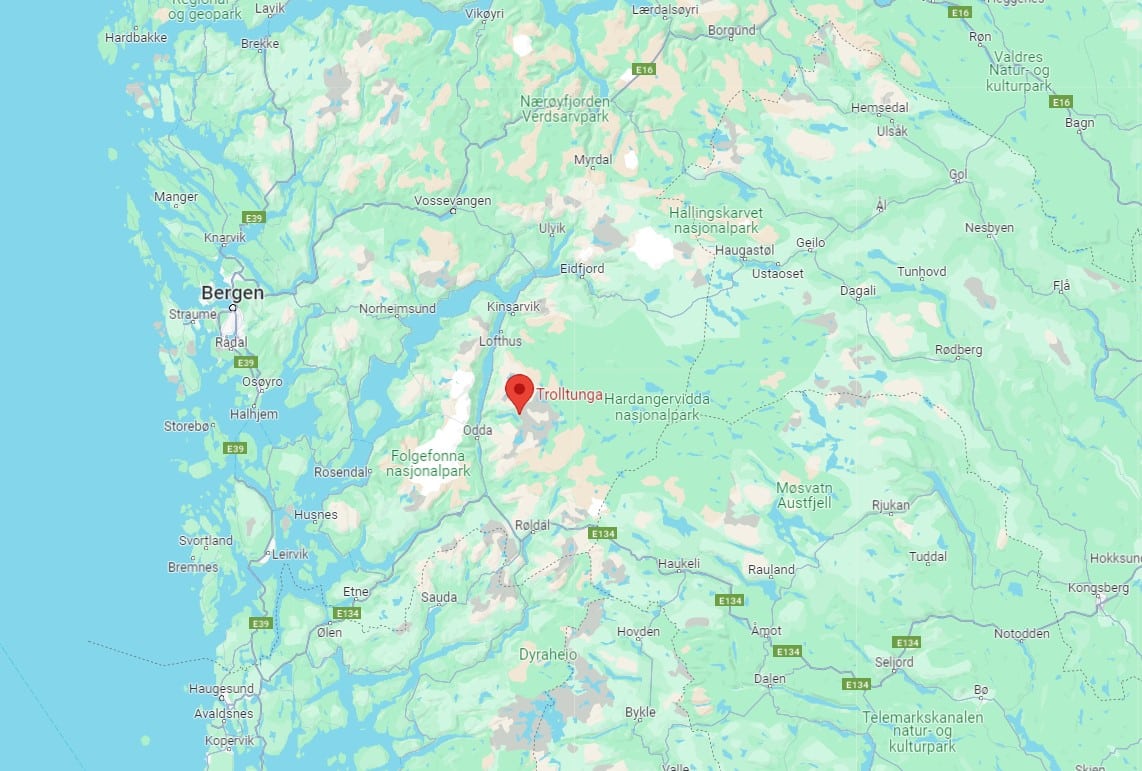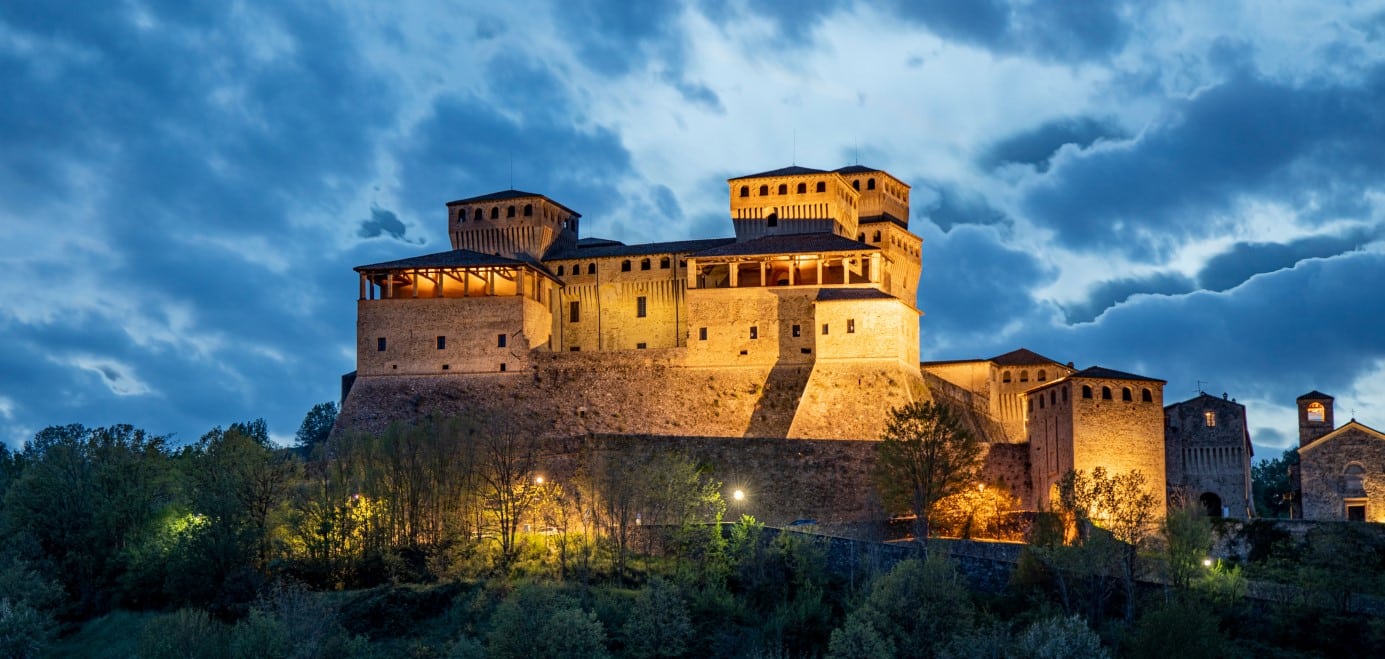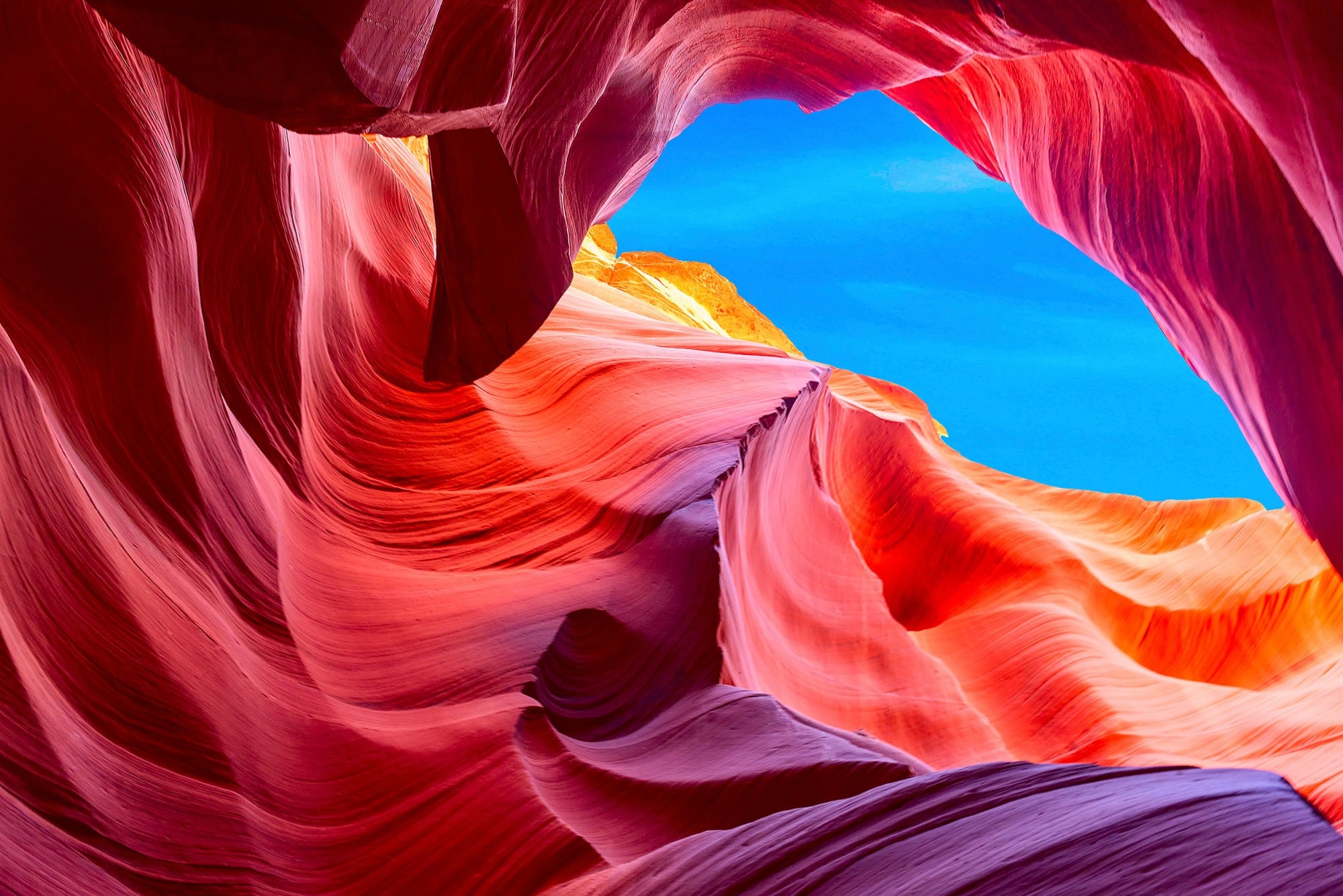Trolltunga Cliff (SV) stands out in the heart of one of Norway’s most breathtaking landscapes and stands as a canvas to its natural artistry. This majestic natural rock formation, jutting out about 700 meters above Lake Ringedalsvatnet, offers a panoramic spectacle of the Norwegian wilderness. A harmonious blend of history, geological wonder, and cultural richness, Trolltunga is more than a tourist destination; it’s a journey through time and nature.
The story of Trolltunga, translating to ‘Troll’s Tongue’, is steeped in Norse mythology and modern discovery. Believed to be the resting place of trolls contemplating the beauty of nature, its name itself conjures images of ancient legends. Modern awareness of Trolltunga as a hiking destination dates back to the early 20th century, with increasing popularity in recent decades due to social media showcasing its unique beauty.
Geologically, Trolltunga is a marvel. Created during the Ice Age, approximately 10,000 years ago, Trolltunga Cliff was formed when the glaciers, carrying rocks and debris, scoured the landscape. As the glaciers retreated, they left behind a uniquely shaped rock formation, perched precariously over the valley below. The geological processes involved are a testament to the dynamic nature of Earth’s surface and the power of natural forces.
Trolltunga is located in western Norway, near the town of Odda in Hordaland county. It’s part of the Scandinavian Mountains, which stretch through much of Northern Europe. The area around Trolltunga is characterized by steep mountains, deep fjords, and lush vegetation. The view from Trolltunga, overlooking the Ringedalsvatnet lake and the surrounding mountains, is unparalleled, offering a serene and almost surreal landscape.
How to Get There
By Air
The closest major airports to Trolltunga are Bergen Airport and Haugesund Airport. From either airport, visitors can rent a car or take public transportation to reach the starting point of the hike to Trolltunga.
By Road
The journey to Trolltunga by road is an adventure in itself, offering stunning views of Norway’s natural beauty. From Bergen, a drive to Odda, the nearest town to Trolltunga, takes approximately 3 hours. The route is well-marked and offers several scenic spots where travelers can pause to admire the landscape. In winter, it’s crucial to check road conditions and consider a 4×4 vehicle due to snow and ice.
Local Transport
Public transportation options include buses and taxis from major cities to Odda. Once in Odda, local bus services run to Skjeggedal, the starting point for the Trolltunga hike. It’s advisable to check the local bus schedules in advance as they change seasonally.
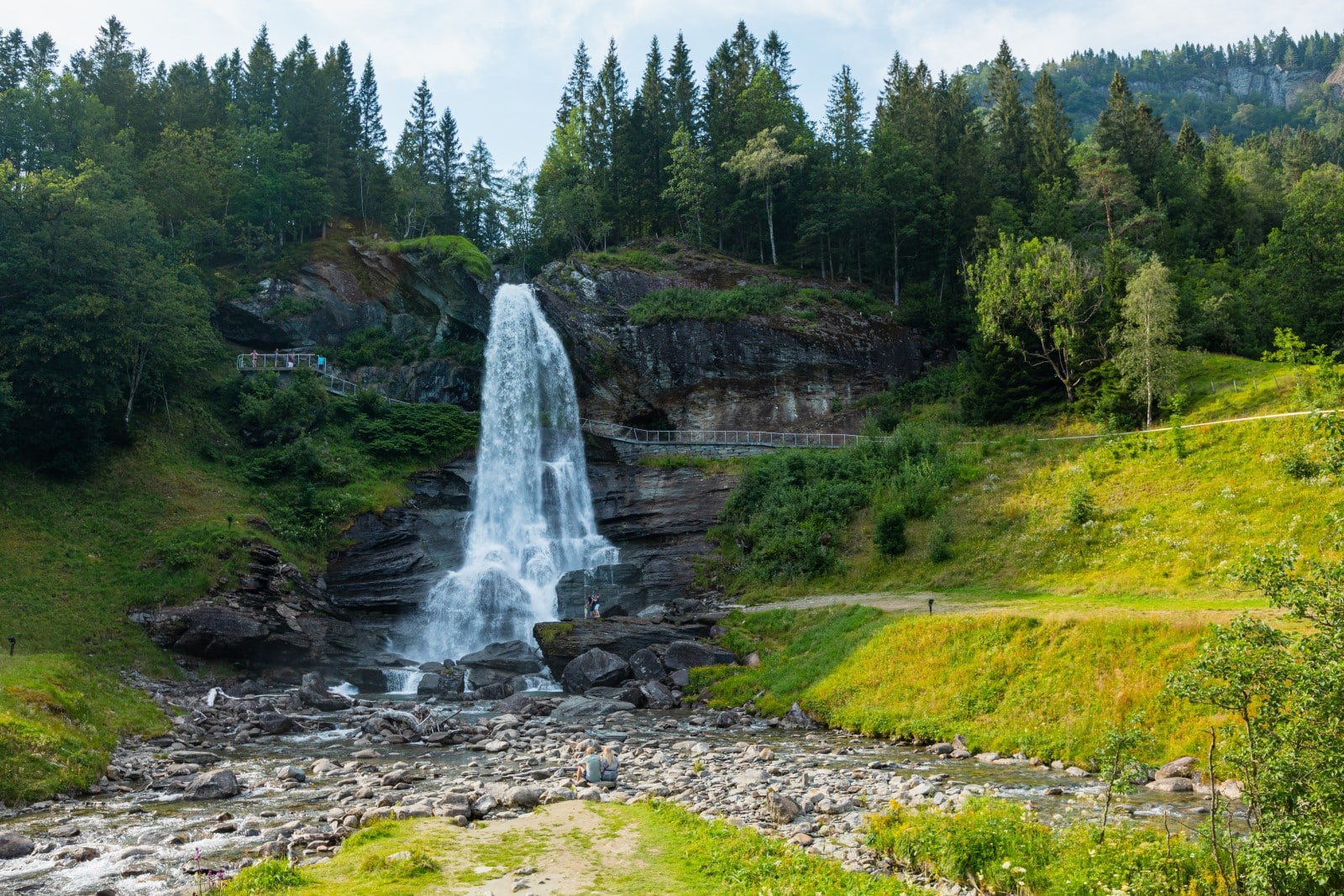
Hiking to Trolltunga
Guided Tours
For those less experienced in hiking (SV) or unfamiliar with the area, guided tours are available. These tours often include additional insights into the local flora, fauna, and geography, enhancing the overall experience. Guides can ensure safety and provide valuable hiking tips.
The Trolltunga Via Ferrata is an alternative and more adventurous route to reach the iconic Trolltunga rock formation in Norway. “Via Ferrata” translates to “iron path” in Italian, and this kind of route typically involves a steel cable which runs along the route and is periodically fixed to the rock. Hikers can secure themselves to the cable, reducing the risk of falling. The Via Ferrata routes often include other features like ladders, bridges, and suspended walkways, which can make them accessible to those without technical climbing skills, but still challenging and exciting.
Starting Point: The Trolltunga Via Ferrata starts in Skjeggedal, which is also the starting point for the standard hiking path to Trolltunga.
Route Details: This route provides a more direct and steeper approach to Trolltunga compared to the traditional hiking trail. It includes climbing sections, where climbers are secured with a harness, and crossing spectacular suspension bridges.
Scenic Beauty: The Via Ferrata route offers stunning views of the surrounding mountains, valleys, and waterfalls, providing a different perspective than the traditional hiking path.
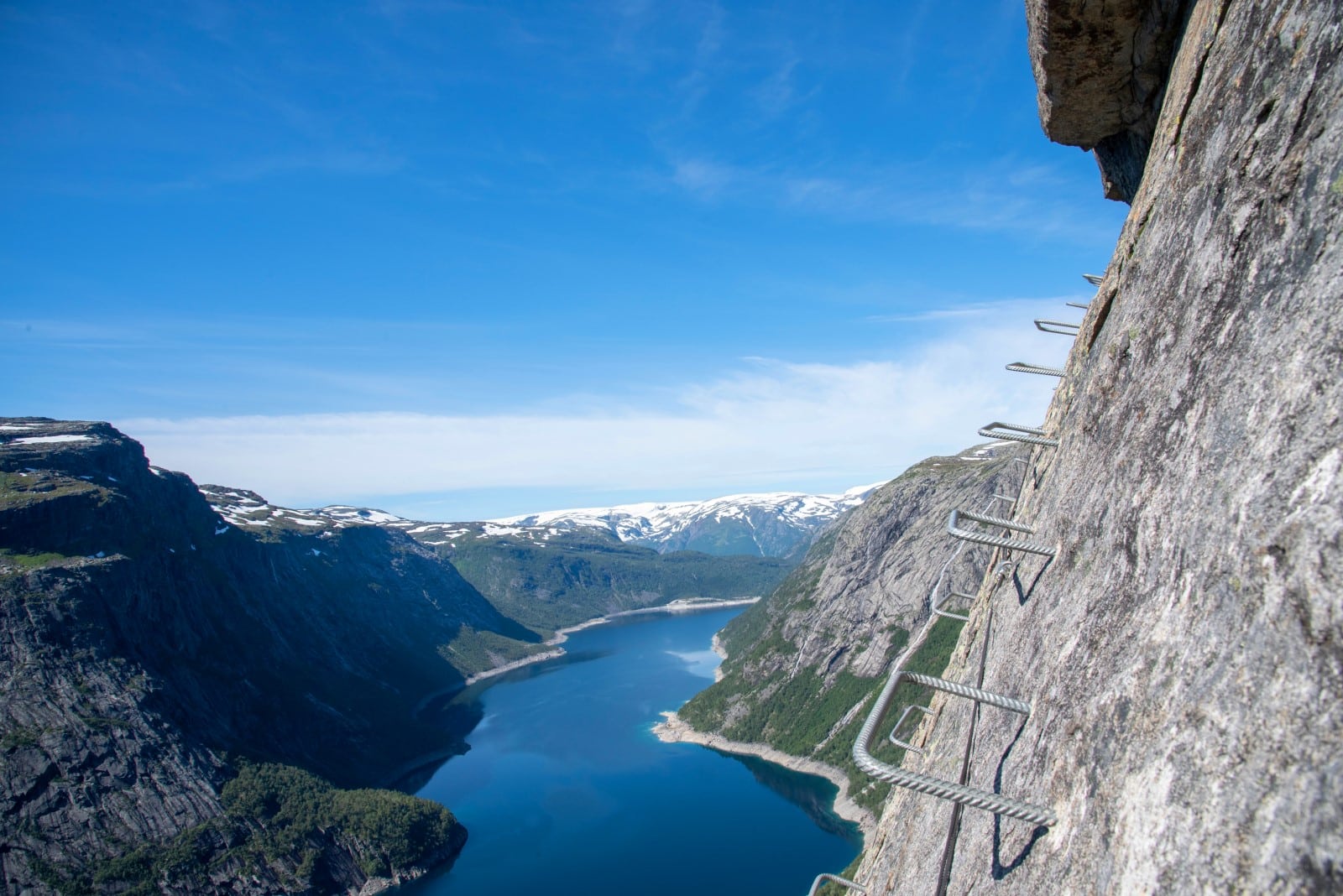
Duration and Difficulty: The entire journey, including the Via Ferrata section and the hike to Trolltunga, typically takes around 10-12 hours. It is considered physically demanding and requires a good level of fitness, as well as a head for heights.
Guided Tours: Due to the technical nature of the Via Ferrata, it’s highly recommended to undertake this route with a guide, especially for those who are inexperienced in such activities. Guided tours often provide the necessary equipment, including helmets, harnesses, and climbing gear.
Safety Considerations: The route is equipped with safety features, but it still presents challenges like steep climbs and narrow paths. Weather conditions can also add to the difficulty, so it’s essential to be well-prepared and check the weather forecast before embarking on the journey.
Season: The Trolltunga Via Ferrata is typically open from around June to September, depending on weather conditions. Outside of this period, the route can be dangerous due to snow and ice.
Preparation and Tips
The hike is about 28 kilometers round trip and takes approximately 10-12 hours. It’s essential to start early in the morning and be well-prepared with suitable hiking gear, including waterproof clothing, sturdy hiking boots, and enough food and water. The weather can be unpredictable, so checking the forecast and preparing for all conditions is crucial. It’s also advisable to hike in a group and carry a map and compass or a GPS device. MORE INFORMATION HERE
Trolltunga is surrounded by numerous attractions that offer a glimpse into Norway’s natural and cultural heritage.
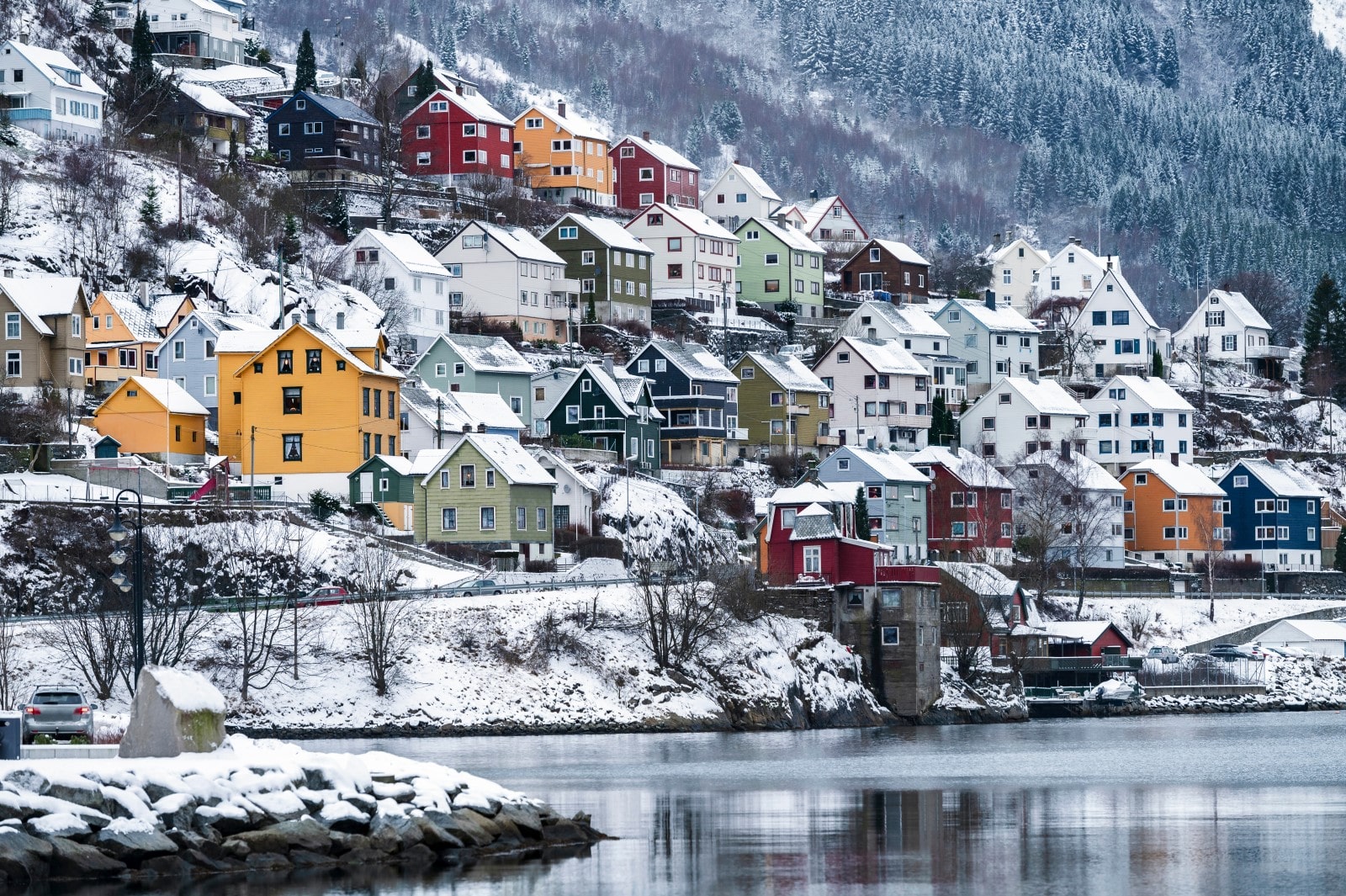
Nearby Towns and Villages
Odda, the closest town to Trolltunga, is charming and worth exploring. It offers a range of accommodations, from hotels to camping sites, and is a hub for exploring other nearby attractions. Other towns like Tyssedal and Røldal offer historical insights into Norway’s industrial and religious history.
Traveler picks to eat in Odda:
- Buer Restaurant, +47 90 82 98 41
- Trolltunga Restaurant, +47 400 04 486 – email
- Freskvaren, +47 930 95 750 – email
Natural Attractions
The region around Trolltunga is dotted with natural wonders. The Hardangervidda National Park, one of the largest mountain plateaus in Europe, and at 3,422 square kilometres (1,321 sq mi), is Norway’s largest national park. It’s a perfect spot for additional hiking, fishing, and observing wildlife. It has the southernmost stock of several arctic animals and plants. Its wild reindeer herds are among the largest in the world.
The Folgefonna Glacier, Norway’s third largest glacier, is also within reach, offering spectacular views and ice hiking opportunities. Folgefonna is a collective term for three plateau glaciers in the Hardanger region of Vestland county, Norway. Nordre (northern) Folgefonna, with an area of 10 sq miles (26 square kilometers); Midtre (central) Folgefonna, with an area of 4.2 sq miles (11 square kilometers); Søndre (southern) Folgefonna, with an area of 64 sq miles (167 square kilometers ), making it the third largest glacier in the mainland of Norway.
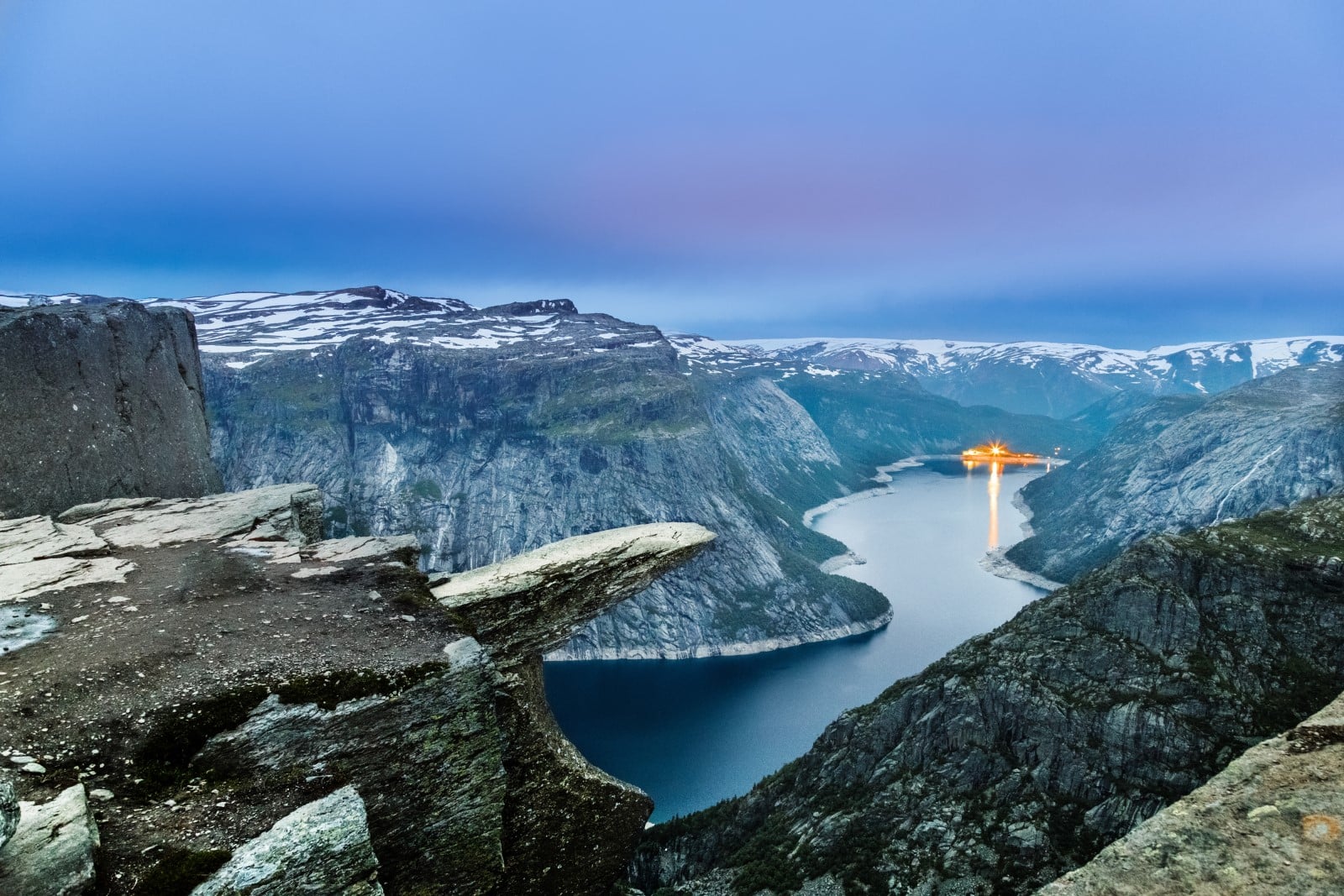
Local Culture and Traditions
Understanding the local culture enhances the Trolltunga experience. The region is rich in folklore, music, and traditional crafts. Visitors can explore local museums, participate in cultural festivals, and taste traditional Norwegian cuisine in nearby towns. The hospitality and stories of the local people add depth to the natural beauty of the landscape.
Traveler Best Hotel Picks
